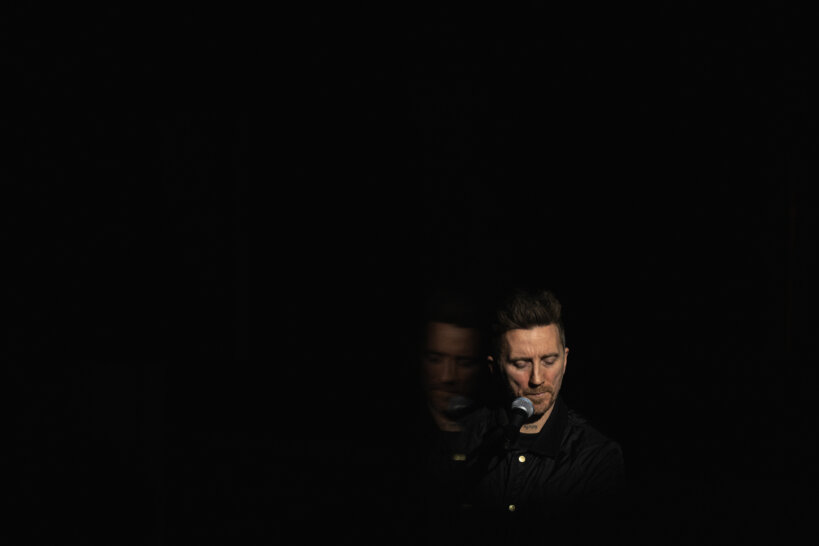You arranged a photo shoot in the MSK galleries to mark Amenra’s 20th anniversary. Are there any works here that appeal to you especially?
For me, the MSK is a garden of inspiration. It gives me a sense of artistic peace, which makes me feel insignificant. And I mean that in a good way: it’s like being a grain of sand in a big desert. It’s a feeling of recognition, in a way, like visiting a world that is intangible but still familiar.
Constantin Meunier’s sculpture of The Prodigal Son will always be important to me. It tells a different story depending on which side you see it from. I find it enormously intriguing that the juxtaposition of shapes in a sculpture can bring it to life. And you can also touch and embrace a sculpture, as it were. A lot of things came together for me when I played in the Lambeaux gallery with Amenra. From where I sat I could see Meunier’s sculpture in the doorway. Right there, right then, we made contact, just for a moment. Together we each told our individual stories.




